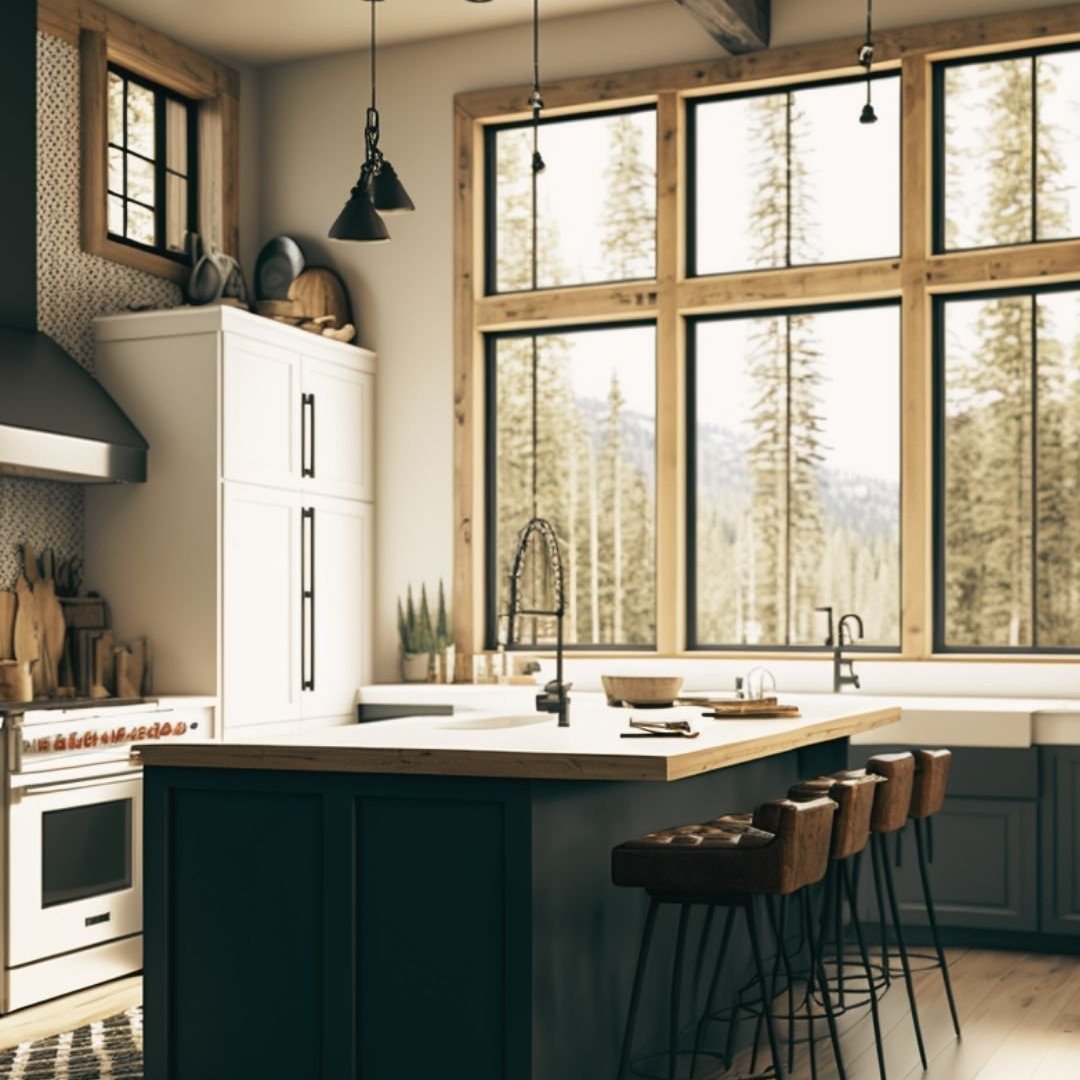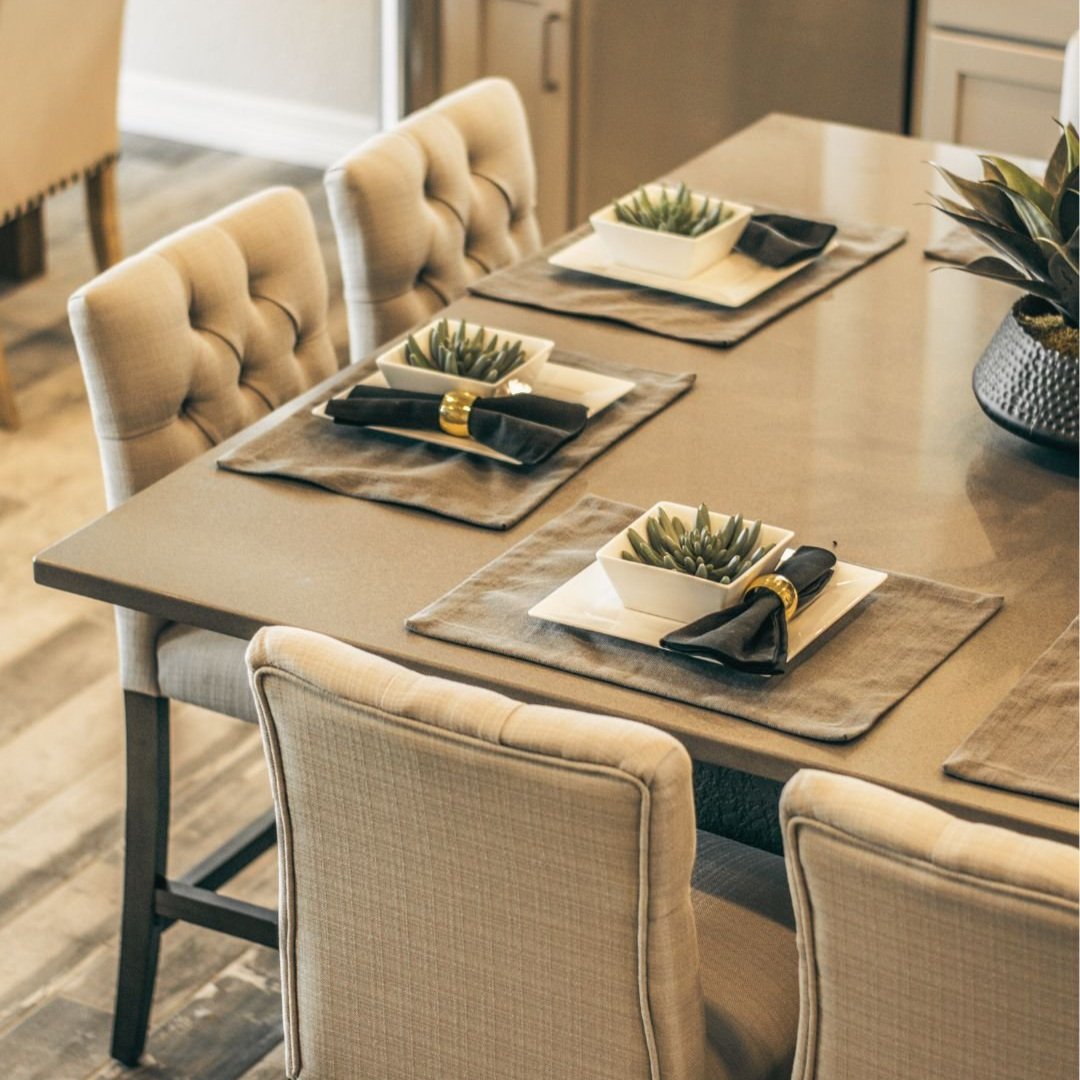Best Practices for Delegating Sourcing to a Virtual Design Assistant (VDA)
/For many interior designers, sourcing is one of the most enjoyable parts of the job. After all, finding the perfect pieces to bring a design vision to life is deeply satisfying. But let’s be honest—there’s only so much time in a day and as much as you might love curating that perfect coffee table, sometimes it’s just not feasible to do it all yourself. That’s where a Virtual Design Assistant (VDA) comes in. Entrusting someone else with sourcing decisions can be scary at first, but with the right approach, it can be incredibly rewarding. Delegating effectively to your VDA isn’t just about handing over a list and hoping for the best.
Here are some best practices to keep in mind to make the most out of your collaboration:
1. Define the Scope Clearly — Really Clearly
Before your VDA can start sourcing, they need to know exactly what they’re looking for. The key to effective delegation is providing all the necessary details upfront to avoid the endless back-and-forth that can make you feel like you should have just done it yourself. Here’s a handy checklist to guide your brief:
Item type
Style
Color(s)
Material(s)
Dimensions range
Required quantity
Budget range
Maximum lead time
Shipping destination
2. Specify Your Priorities
Not all items are created equal. Some are non-negotiable centerpieces, while others are fillers that just need to fit the bill. Be upfront about which pieces are must-haves and which ones are “nice to have.” This helps your VDA focus their efforts where it counts and not spend hours hunting down the perfect $20 side table when what you really need is the sofa of your dreams. To further streamline the process, consider setting a time cap for sourcing certain items—for example, no more than an hour for vanity lighting options. This way, your VDA knows how much time to invest in each task and can prioritize accordingly.
3. Share the Big Picture with Visual References
Sourcing without understanding the big picture is like picking out an outfit in the dark—you might grab some great pieces, but they could end up clashing. Give your VDA the tools to make cohesive choices by sharing visual references that capture your firm’s signature style, the client's aesthetic brief, and any key pieces that have already been selected. This could include brand guidelines, mood boards, renderings, photos of the current space, or images of similar products that fit your vision. With these insights, your VDA can filter for items that harmonize with the overall design and stay true to your creative intentions.
4. Give Access to Your Preferred Vendor List
VDAs can be a valuable extension of your sourcing network, but they’ll need access to your existing relationships to really hit the ground running. Share your list of preferred vendors along with any login or access details, so they can continue building on the vendor-designer relationships you’ve already established. This maintains continuity and means you’re still benefiting from those trade discounts. If you’re open to exploring new vendor relationships, keep a folder ready with your details and resale certificate that your VDA can use to set up new trade accounts on your behalf.
5. Set Deadlines and Expectations for Deliverables
When you're working against a project timeline, timing is everything. Clearly outline when you need sourcing options delivered and specify the format that works best for you—whether it's a straightforward list with links or a more detailed presentation that includes pros, cons, and style notes for each item. Also, be specific about the number of options you’d like for each piece to avoid an overwhelming or insufficient selection. Regular check-ins can help keep things on course, but avoid falling into the trap of micromanagement. Trust your VDA to do their job, but be prepared to quickly pivot or provide additional guidance if the initial options don’t quite hit the mark.
6. Keep the Conversation Going
Keeping the lines of communication open is key to making your partnership with your VDA work smoothly. Make sure you’re regularly touching base—celebrate when they hit the mark and guide them when they need a bit of redirection. Over time, they’ll get a better feel for your style and preferences, and the whole process will become more effortless. The more you communicate, the better the results you’ll see in their choices.
Remember, collaboration is a bit like good design—it’s all about harmony, balance, and knowing when to let go. Give your VDA the trust and tools they need, and you’ll soon see how much easier (and more fun) your projects can be. You’ve got this—and so do they!
xx, Danae

































